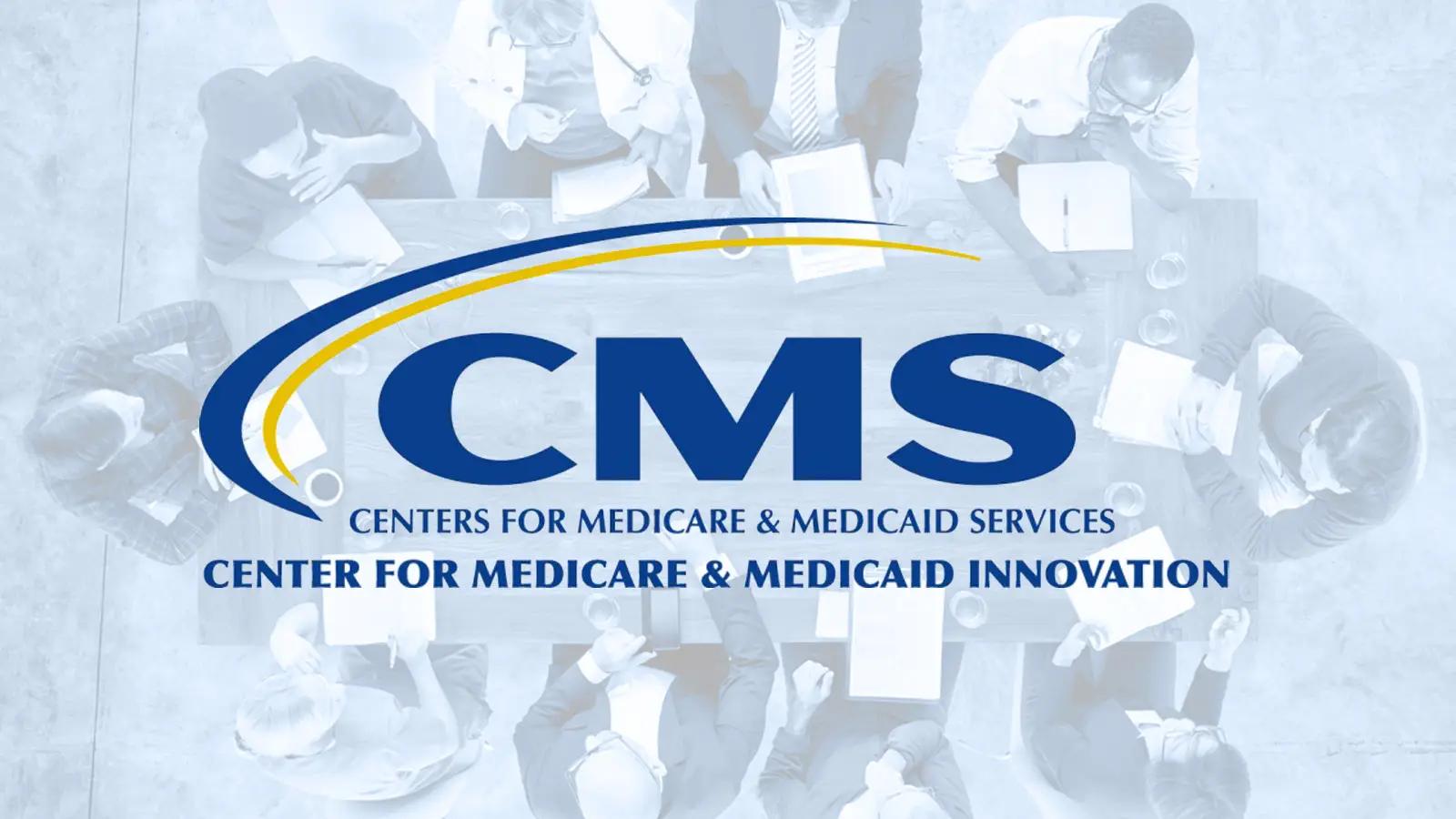Video
Defining Alternative Payment Models
Andrew L. Pecora, MD, CPE: Hello, and thank you for joining the American Journal of Managed Care®’s Oncology Stakeholders Summit Fall 2016 Peer Exchange® video program. My name is Dr. Andrew Pecora, and I’m president of the Physician Enterprise Division and chief innovations officer at Hackensack Meridian Health in New Jersey. I’m also the founder of Regional Cancer Care Associates, LLC.
Joining this distinguished panel to share their perspectives are Dr. Rena Conti, an associate professor of health policy and economics for the Pediatric Department Hematology/Oncology section and for the Department of Public Health Studies at The University of Chicago in Illinois; Dr. Brenton Fargnoli, an associate medical director of Strategic Initiatives for Flatiron Health in New York; and joining us remotely will be Dr. Bhuvana Sagar, national medical director of Cigna Healthcare. Thank you, again, for joining us. Let’s begin. I’d like to start by having my colleagues introduce themselves. Rena?
Rena M. Conti, PhD: I’m Rena Conti. I’m an associate professor of health policy at the University of Chicago in the Departments of Pediatrics and Public Health Sciences.
Andrew L. Pecora, MD, CPE: And Brenton?
Brenton Fargnoli, MD: I’m Brenton Fargnoli, assistant medical director of Strategic Initiatives at Flatiron Health.
Andrew L. Pecora, MD, CPE: Great. Let’s get started, guys. We’re in a transformative time in healthcare. We have an explosion in information, science, and medicine. It’s so exciting, but, at the same time, physicians, patients, and our government are facing, literally, a crisis as it relates to healthcare reimbursement and expenditures. CMS (Centers for Medicare & Medicaid Services), as well as other private insurers, have been developing tools that reward improved outcomes and high quality of care, [which are] defined as alternative payment models. And everyone is talking about, how are we going to move, as a nation, from fee-for-service to value-based reimbursement? Why don’t we start, Brenton, with you to talk about some of the models that you’re becoming familiar with and your thoughts about them?
Brenton Fargnoli, MD: I think I’d like to start with the long history of alternative payment models that began outside of oncology in patient-centered medical homes and primary care. In 2008, I helped a Rhode Island Blue Cross. I set up a model with that, then transformed [them] over from primary care to ACOs (accountable care organizations). And now, we’re really using those learnings and tenets to apply to the oncology space. We’ve seen a number of national payers piloting alternative payment models, and now [that includes] the government, as well. And so, we can go into details on those, but, at a high level, there’s Anthem, who has a pathways or evidence-based medicine program. Cigna, as well as Aetna, are doing medical home models in oncology. UnitedHealth has a case management—type program, as well. And what CMMI Institute and CMS have done is they’ve leveraged a lot of this work and piloting that’s been going on at the national payers to roll out a quite ambitious payment model called the OCM (oncology care model). I’m sure we’ll get to this later, the details of that, but now we have national payers and the government all working on similar alternative payment models for oncology.
Andrew L. Pecora, MD, CPE: Great. Rena?
Rena M. Conti, PhD: I would say there’s a major transformation happening, particularly in the way in which government payers are paying oncologists, most notably Medicare. We used to have a system where we paid physicians fee-for-service, and what that meant is that they got paid for everything they did. The more they did, or the more intensive care they provided, the more they got paid. Now, we’re moving toward a system dismantling the old fee-for-service system and moving into an area where we’re paying for value. I would say there are three general types of these models. There’s one which is fee-for-service with a quality metric payment component. Then there’s an alternative payment model that sits on top of a fee-for-service metric, or fee-for-service payment model, that has some care management requirements. So, Anthem’s pathways program would be an example of that. And then, finally, there are alternative payment models, where physicians or physician groups are taking full or partial financial risk for care. In exchange for more control over the finances, they’re also in more control of the whole bundle of care being provided to patients—ACOs, medical homes, those are types of models that fit under that rubric.
Andrew L. Pecora, MD, CPE: One of my concerns is as we move to value, how do we guarantee patients they’re going to get the proper outcomes, which means they’re going to get the proper care? And, as we go through this discussion, I’ll be bringing that up over and over again.
Newsletter
Stay ahead of policy, cost, and value—subscribe to AJMC for expert insights at the intersection of clinical care and health economics.





